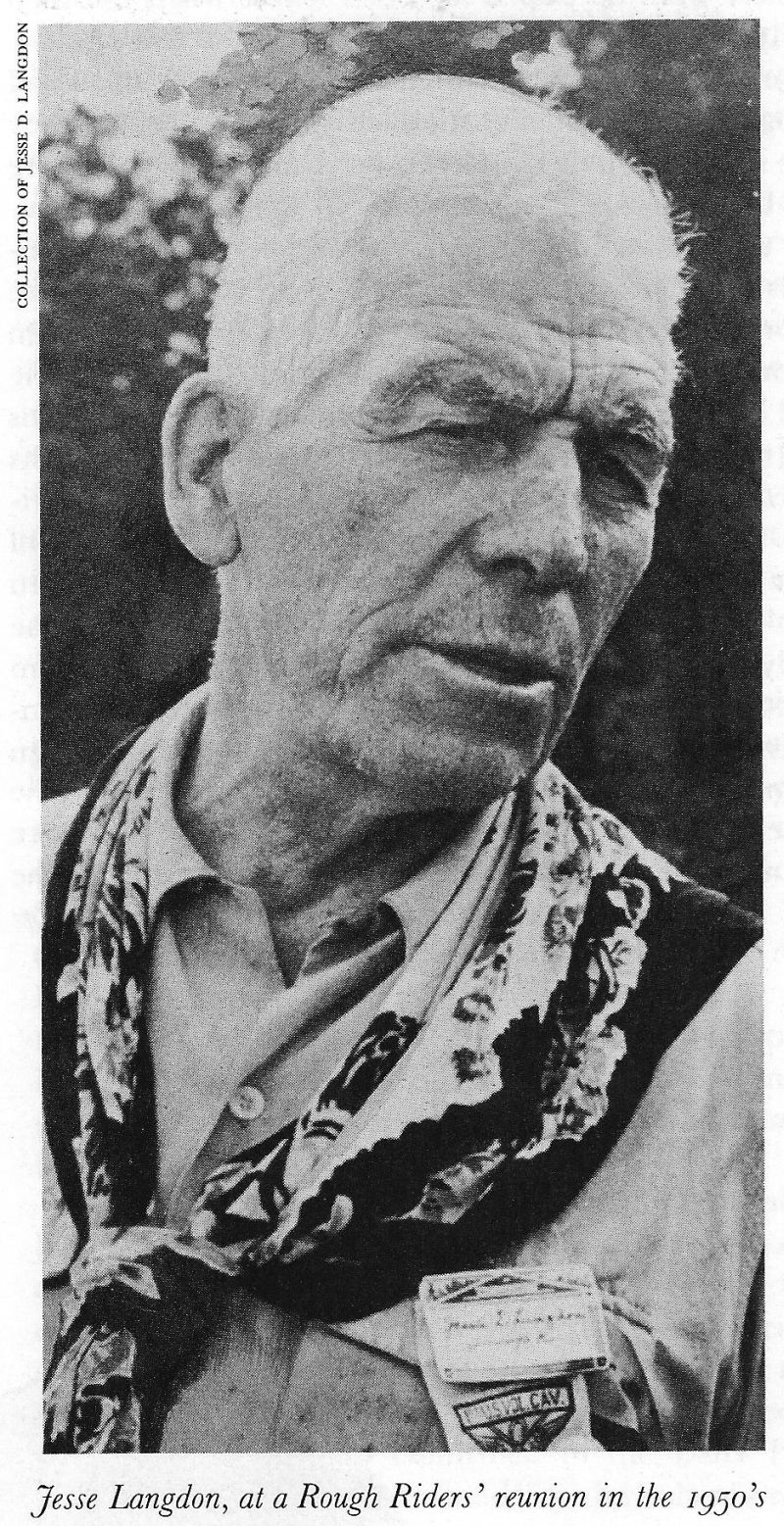January 2011
During the presidential election of 1912, Theodore Roosevelt and Hiram Johnson, the new Progressive party’s candidates for President and Vice President, stood—as Roosevelt delighted in putting it—at Armageddon and battled for the Lord. Their defeat destined Roosevelt to years of frustrating political exile and impotence. For Johnson, now free to turn his attention back to the progressive politics of California, Armageddon was to last a bit longer.
Born in California in 1866, the son of an influential politician, Johnson broke with the conservatism of his father in the early years of the new century and joined the Lincoln-Roosevelt Republican League in its assault upon the corrupt and self-serving hold which the Southern Pacific Railroad had upon state and local politics.
The American heritage, this magazine believes, includes not only our history but the whole legacy of times gone by, including the land we inhabit, the waters around us, and the very air we breathe. Like other articles we have published, this one on the Adirondacks attests to our continuing interest in these broad concerns. Our natural heritage, as our thoughtful readers are aware, is in trouble. Forests and seashores, plains and wetlands, are threatened by the bulldozer and the developer. The pressure of population, the proliferation of highways, the roar in the skies, all these menace the enjoyment of life and the very balance of nature. Clearly something as massive as the threat must be mustered to meet it and to preserve a livable country for future generations.
Murray estimated that “a thousand lakes, many yet unvisited, lie embedded in this vast forest of pine and hemlock.” There are perhaps two thousand lakes, pools, and ponds in the Adirondack Park as it is delineated today. From the start, the fact that many of these were either directly interconnected, or could be reached with a short overland carry from one to the next, meant that boats would become a prime means of Adirondack transportation and play some part in everyone’s vacation.
 “In strict confidence, I should welcome any war, ” wrote Theodore Roosevelt in 1897. “The country needs one.” And soon enough the bellicose assistant secretary of the Navy had his wish: after a long period of neutrality, President William McKinley (to whom T. R. ascribed “no more backbone than a chocolate éclair”) decided to intervene in behalf of the Cuban revolutionaries fighting for independence from Spam. On April 25, 1898, the United States declared war on Spam. Roosevelt—father of six—itched to get into the action. He resigned from the Navy Department and announced he was going to join the cavalry regiment being organized by Colonel Leonard Wood. The press promptly termed the outfit the Rough Riders.
“In strict confidence, I should welcome any war, ” wrote Theodore Roosevelt in 1897. “The country needs one.” And soon enough the bellicose assistant secretary of the Navy had his wish: after a long period of neutrality, President William McKinley (to whom T. R. ascribed “no more backbone than a chocolate éclair”) decided to intervene in behalf of the Cuban revolutionaries fighting for independence from Spam. On April 25, 1898, the United States declared war on Spam. Roosevelt—father of six—itched to get into the action. He resigned from the Navy Department and announced he was going to join the cavalry regiment being organized by Colonel Leonard Wood. The press promptly termed the outfit the Rough Riders.
On the big northward-hunching shoulder of New York state lies an area discrete and apart. About the size of Holland or Belgium, it exercises—by law, by custom, and by character —a measure of the independence enjoyed by such sovereign nations. Like Holland and Belgium, too, it is interlaced with waterways; but unlike them it is not a low country. It is the Adirondack wilderness. It is under constant threat from without—a threat oftener benevolent than malevoient, but possibly disastrous in either case.
In the spring of 1969, as for generations past, invasion forces began to mass on its borders. All around its vast perimeter, from Whitehall, Saratoga, Gloversville, Watertown, Potsdam, Malone, Plattsburgh, and the lake ports of Vermont, the invaders looked in hungrily on the promised land. And from Memorial Day on, in wave after wave, they poured across the Blue Line (the boundary of the Adirondack Park) to seize strong points on the heights, streams, and lakes of one of the last big wilderness areas in the eastern United States.
The wild beauty of the Adirondacks attracted artists as much as it did sportsmen, and they began to sketch and paint the region early in the nineteenth century. Thomas Cole, a founder of the Hudson River School, followed his favorite river as far north as Schroon Lake, west of upper Lake George, and painted it (above) in 1846. This was one of the earlier-settled areas in the Adirondacks, but it edged on the wilderness; as Cole observed: “We stand on the border of a cultivated plain and look into the heart of nature.” Most of the pictures that follow show wilder aspects of the Adirondack scene; they also suggest why the region became so popular. AMERICAN HERITAGE wishes particularly to thank the Adirondack Museum for generous help in gathering this portfolio.
